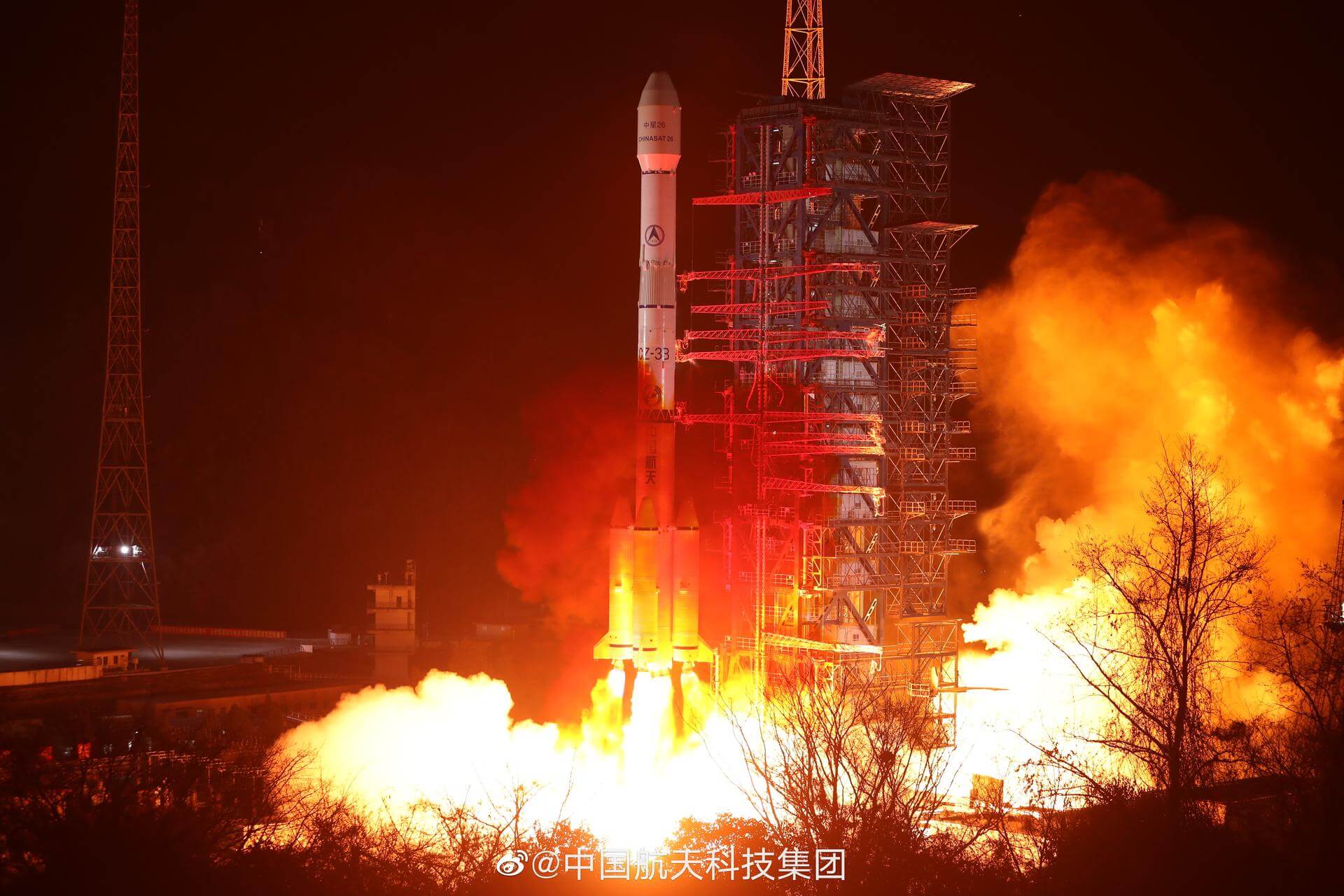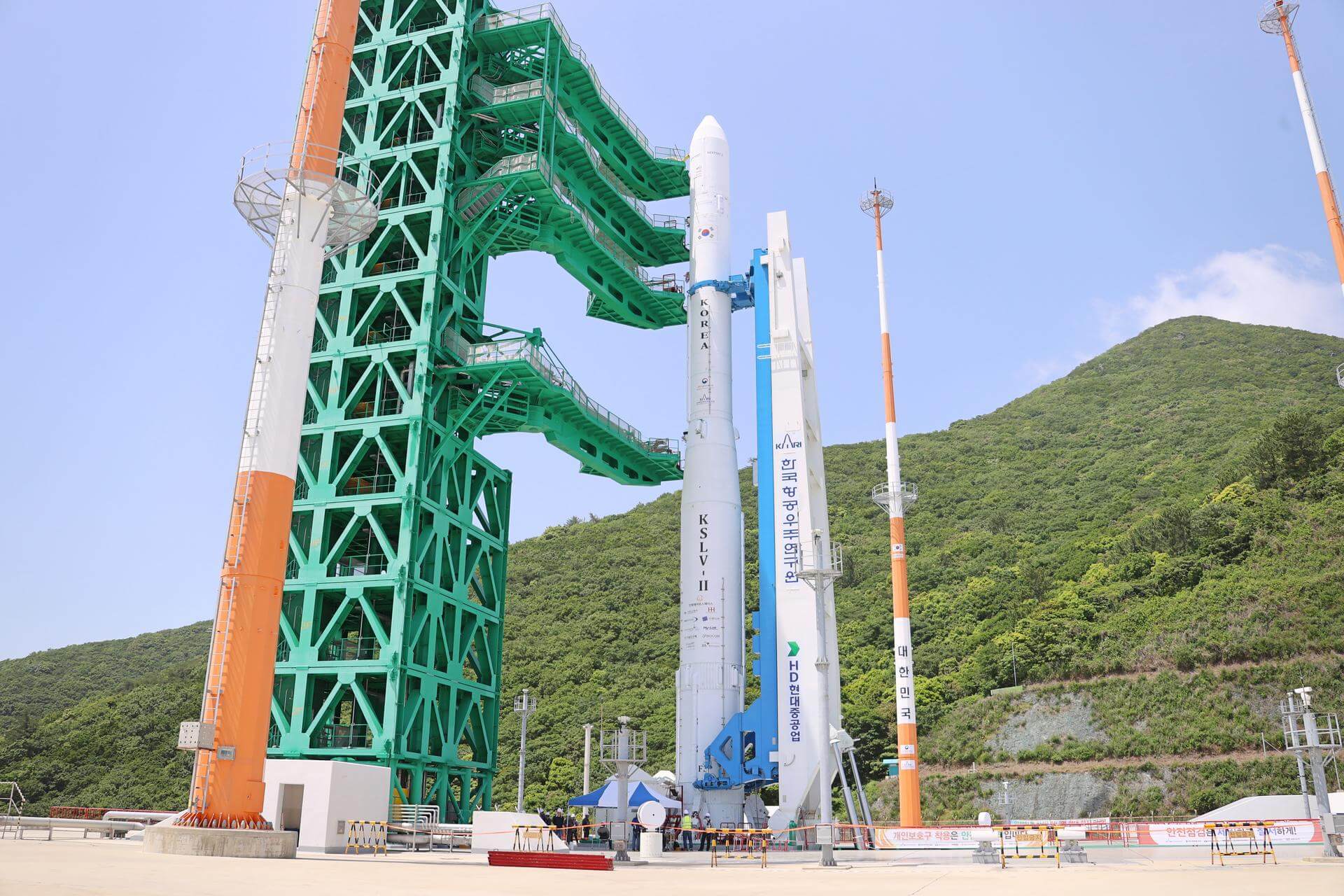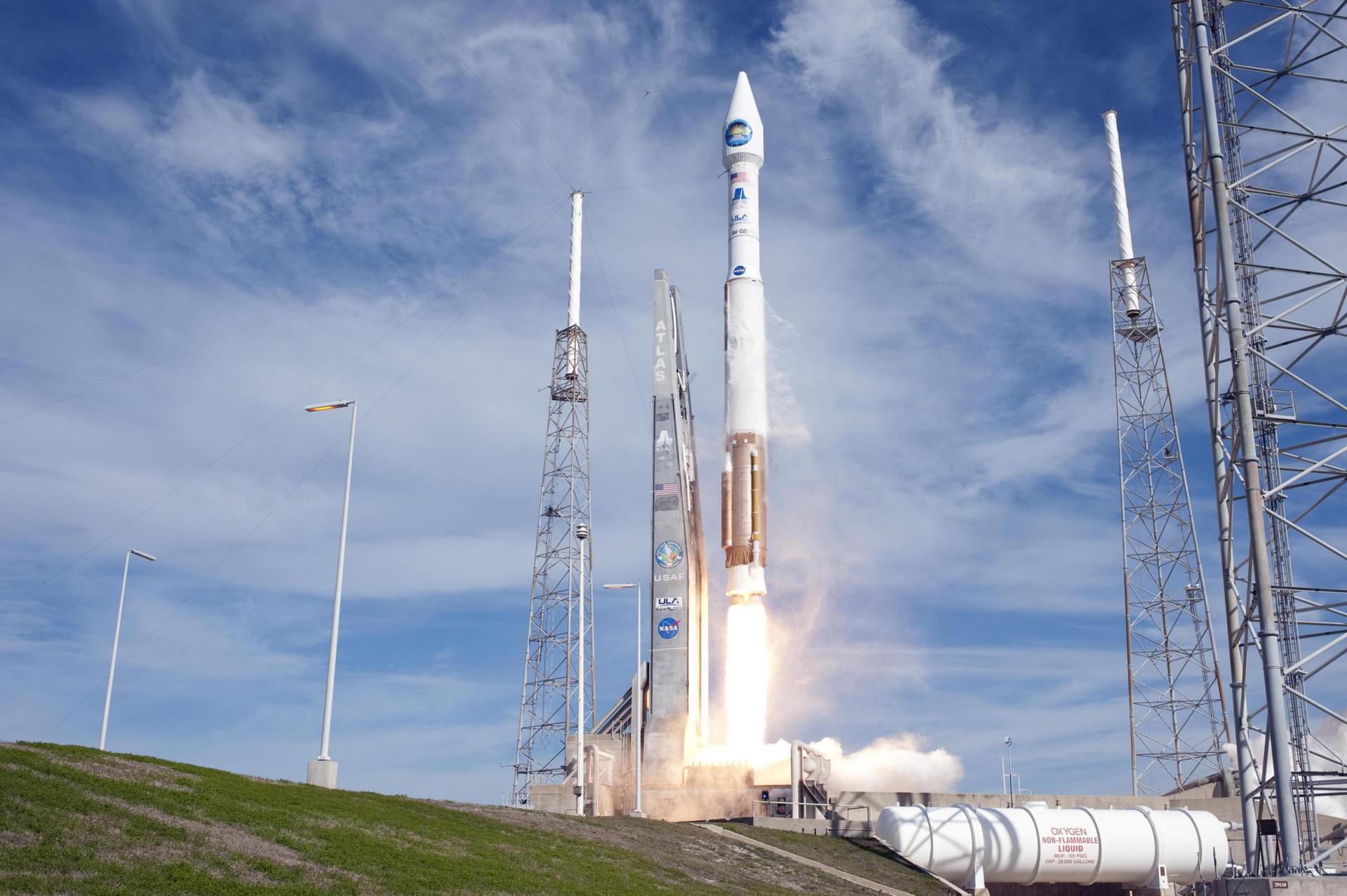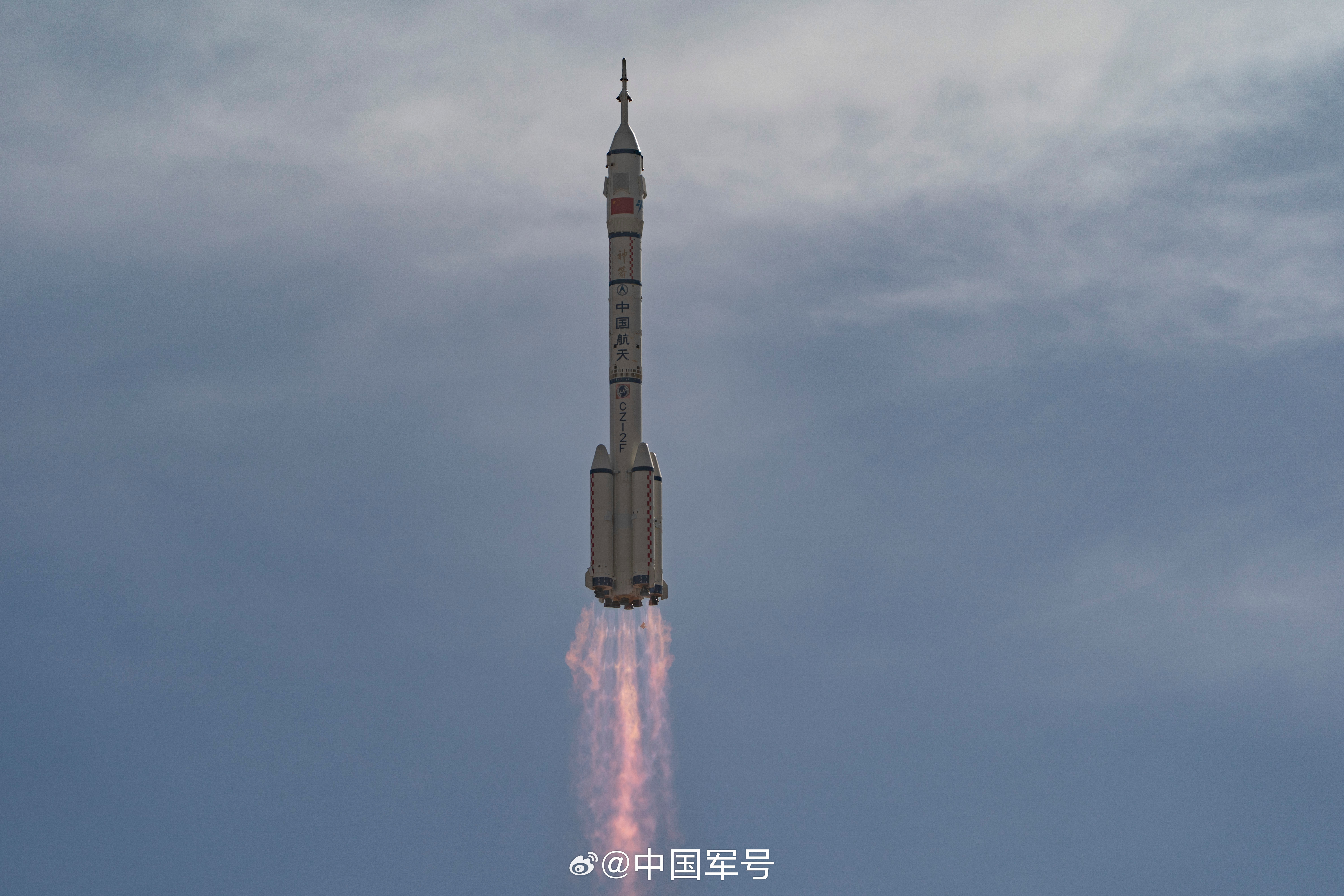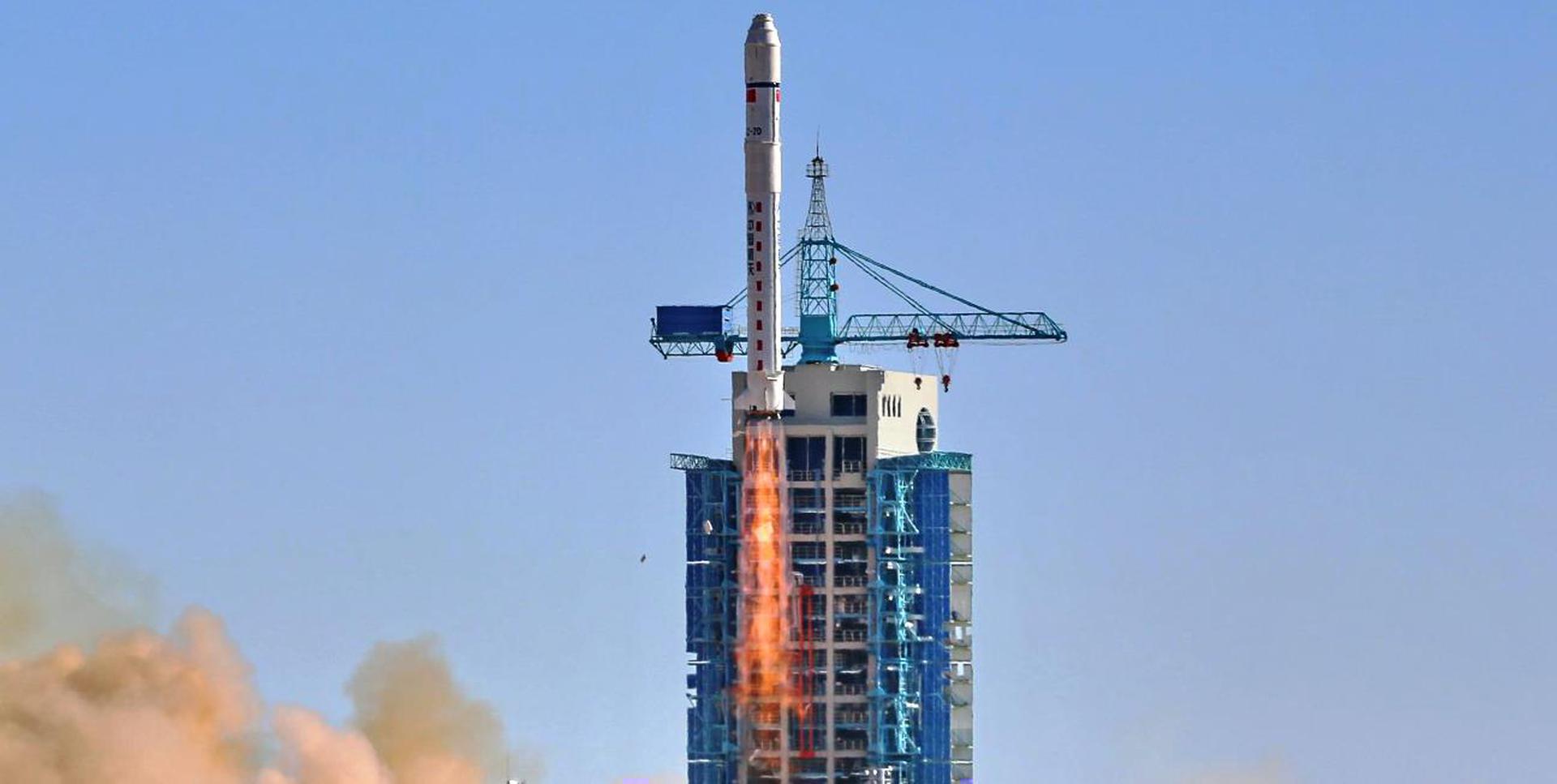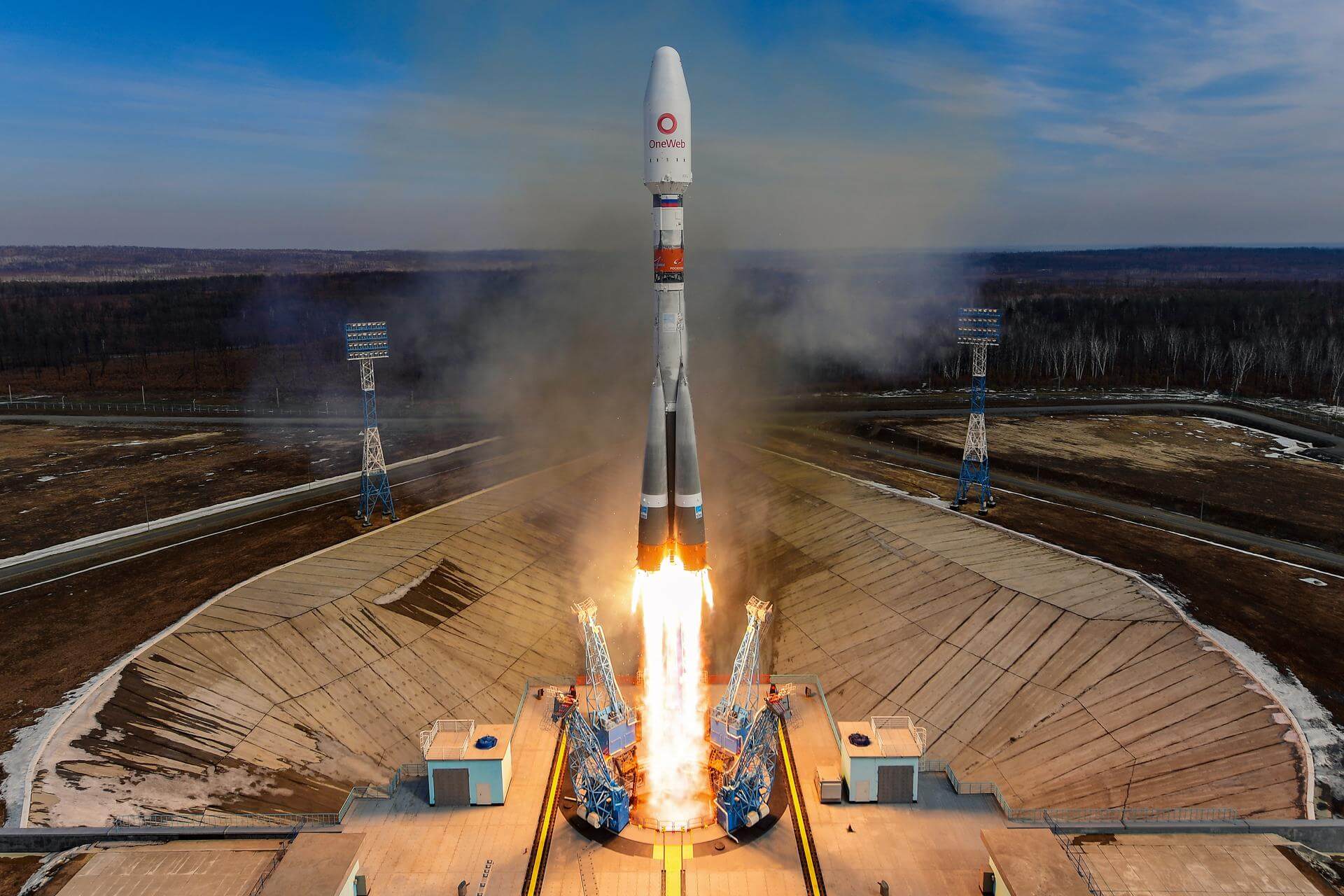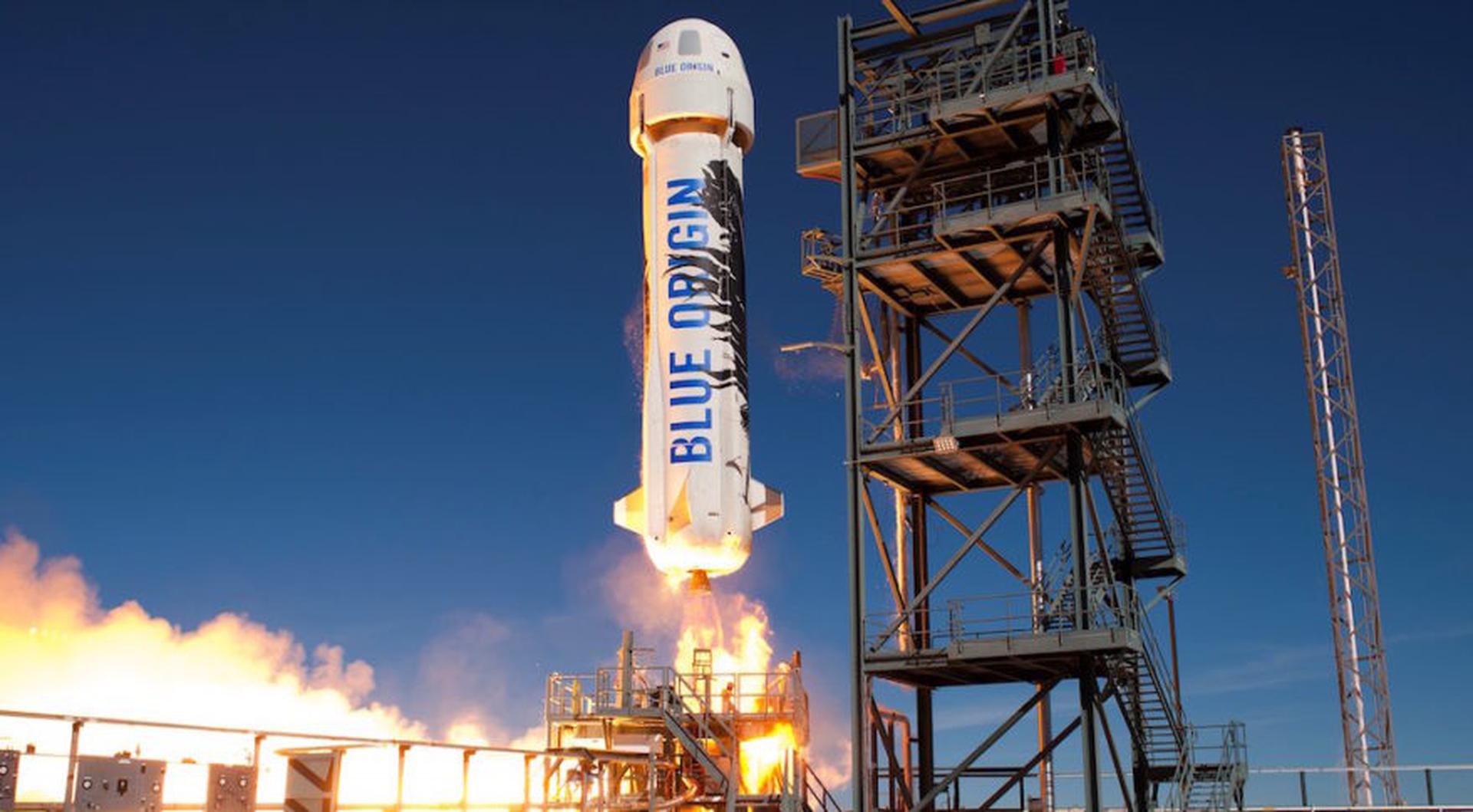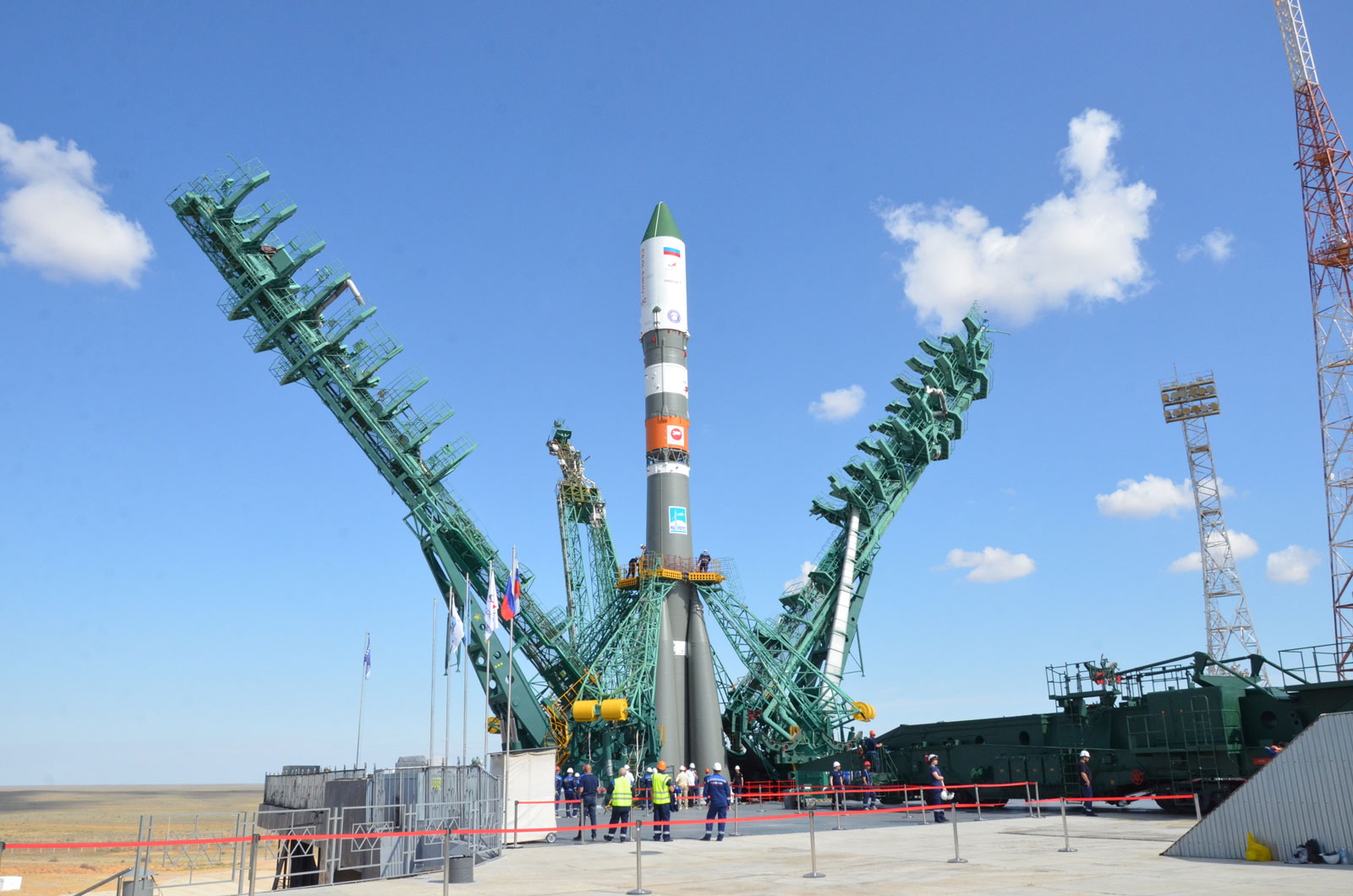Previous Spaceflight Launches
Filter by Agency, Locations or Vehicles
Show All LaunchesLong March 3B | Shijian 21
China Aerospace Science and Technology Corporation | ChinaXichang Satellite Launch Center, People's Republic of China
Oct. 24, 2021, 1:27 a.m.
Nuri | Flight Test
Korea Aerospace Research Institute | South KoreaNaro Space Center, South Korea
Oct. 21, 2021, 8 a.m.
Atlas V 401 | Lucy
United Launch Alliance | United States of AmericaCape Canaveral SFS, FL, USA
Oct. 16, 2021, 9:34 a.m.
Status: Launch Successful
Mission:
Lucy is the first mission to explore and study Trojan asteroids. The Trojans are a type of asteroids that orbit the Sun in two groups, in front of and behind Jupiter in its orbit around our star. Since these asteroids have been in such stable orbits for billions of years, they are of great interest as remnants of early Solar System. Lucy is a NASA mission led by NASA Goddard and Southwest Research Institute in Boulder, Colorado. Over the course of 12 years, Lucy will fly by seven different Trojan asteroids and also one main belt asteroid. The complex trajectory to visit all targets will include several Earth gravity assists.
Heliocentric N/ALong March 2F/G | Shenzhou 13
China Aerospace Science and Technology Corporation | ChinaJiuquan Satellite Launch Center, People's Republic of China
Oct. 15, 2021, 4:23 p.m.
Status: Launch Successful
Mission:
Second crewed flight to the Chinese Tiangong space station carrying Zhai Zhigang, commander, Wang Yaping and Ye Guangfu, operators, on their second, second and first spaceflight respectively. Their mission duration onboard the TSS is 6 months, the longest so far in Chinese spaceflight.
Low Earth OrbitLong March 2D | Xihe (CHASE)
China Aerospace Science and Technology Corporation | ChinaTaiyuan Satellite Launch Center, People's Republic of China
Oct. 14, 2021, 10:51 a.m.
Status: Launch Successful
Mission:
Xihe, also known as the Chinese Hα Solar Explorer (CHASE), is designed to test a newly developed satellite platform and conduct solar observations. The scientific payload of the satellite is an Hα imaging spectrograph (HIS), which can, for the first time, acquire full-disk spectroscopic solar observations in the Hα waveband. It will complement the observations by on-orbit solar spacecraft (such as SDO, IRIS, STEREO and PSP), as well as future solar missions of the Solar Orbiter and the Chinese Advanced Space-based Solar Observatory (ASO-S). Mission is named Xihe after a solar deity from Chinese mythology.
Sun-Synchronous OrbitSoyuz 2.1b/Fregat-M | OneWeb 11
Progress Rocket Space Center | RussiaVostochny Cosmodrome, Siberia, Russian Federation
Oct. 14, 2021, 9:40 a.m.
Status: Launch Successful
Mission:
A batch of 36 satellites for the OneWeb satellite constellation, which is intended to provide global Internet broadband service for individual consumers. The constellation is planned to have around 648 microsatellites (of which 60 are spares), around 150 kg each, operating in Ku-band from low Earth orbit.
Polar OrbitNew Shepard | NS-18
Blue Origin | United States of AmericaCorn Ranch, Van Horn, TX, USA
Oct. 13, 2021, 2:49 p.m.
Soyuz 2.1a | Soyuz MS-19
Progress Rocket Space Center | RussiaBaikonur Cosmodrome, Republic of Kazakhstan
Oct. 5, 2021, 8:55 a.m.
Status: Launch Successful
Mission:
Soyuz mission launching from the Baikonur Cosmodrome in Kazakhstan and carrying Roscosmos cosmonaut Anton Shkaplerov as well as the Challenge movie crew (Russian film producer Klim Shipenko and actress Yulia Peresild) to the International Space Station.
Low Earth OrbitAtlas V 401 | Landsat 9
United Launch Alliance | United States of AmericaVandenberg SFB, CA, USA
Sept. 27, 2021, 6:12 p.m.
Status: Launch Successful
Mission:
Landsat 9 is a partnership between NASA and the U.S. Geological Survey to continue the Landsat program's critical role in monitoring, understanding and managing the land resources needed to sustain human life. Landsat 9, like Landsat 8, has a higher imaging capacity than past Landsats, allowing more valuable data to be added to the Landsat global land archive. Its operational orbit is a sun-synchronous orbit at an altitude of 705 km for a mission lifetime of at least 5 years.
Sun-Synchronous OrbitLong March 3B/E | Shiyan 10
China Aerospace Science and Technology Corporation | ChinaXichang Satellite Launch Center, People's Republic of China
Sept. 27, 2021, 8:20 a.m.
